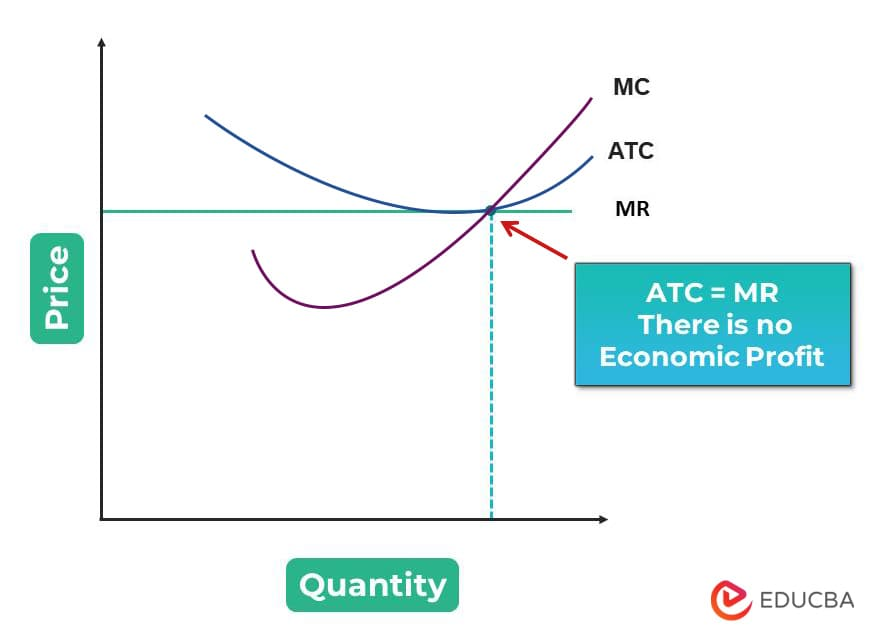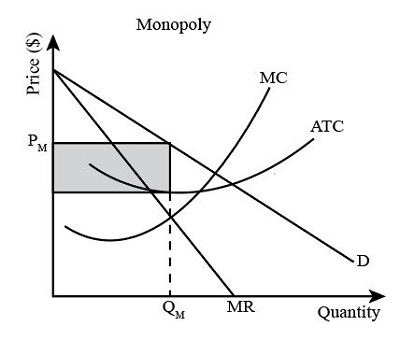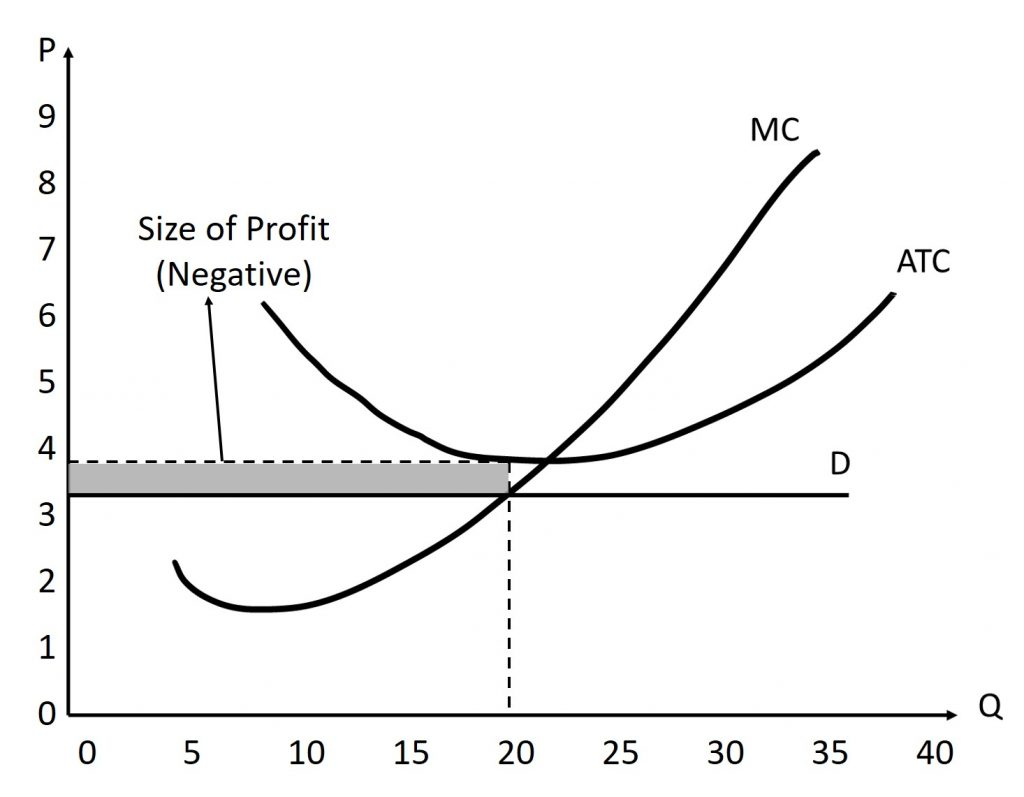module 9 - perfect competition
1/10
There's no tags or description
Looks like no tags are added yet.
Name | Mastery | Learn | Test | Matching | Spaced |
|---|
No study sessions yet.
11 Terms
price takers
an individual or firm that has no control over the market price of the good or service they sell (or buy)
they must accept the circumstances and their actions don’t change much in the grand scheme
market price
price at which is a good, service, or asset is currently being bought and sold in an open market
consumers are willing to pay for it and accepting it
how prices are found in perfect competition
they are found by the impersonal forces of market supply and demand
how prices change in perfect competition
they’re dynamic and constant adjust in response to changes in market conditions
such as demand change
graph of 0 profit

graph of positive profit

graph of negative profit

shutdown conditions in the long run
simpler and absolute
price is less than average total cost (ATC)
total revenue (TR) is less than total cost (TC)
shutdown conditions in the short run
based on whether it can cover its variable costs
price is less than average variable cost (AVC)
total revenue (TR) is less than total variable cost (TVC)
this is because they need to cover their fixed costs, and if they can’t, they need to shut down
short run profit
firms’ decision on how much to produce at the given market price
price = marginal revenue (MR)
the individual firm is a price taker
long run profit
firms earn zero economic profit (normal profit)
total revenue is just enough to cover all its explicit and implicit costs